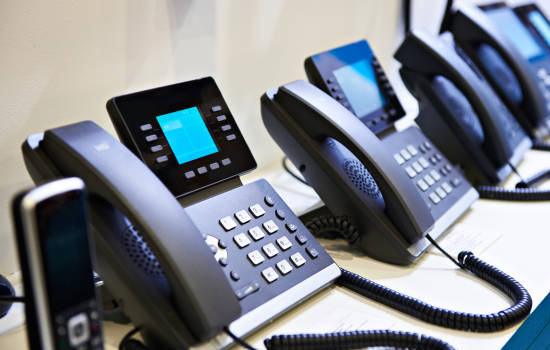IP Telephony – General Studies Notes – For W.B.C.S. Examination.
আইপি টেলিফোনি – সাধারণ স্টাডিজ নোট – WBCS পরীক্ষা।
IP telephony (Internet Protocol telephony) is a general term for the technologies that use the Internet Protocol’s packet-switched connections to exchange voice, fax, and other forms of information that have traditionally been carried over the dedicated circuit-switched connections of the public switched telephone network (PSTN).Continue Reading IP Telephony – General Studies Notes – For W.B.C.S. Examination.
Using the Internet, calls travel as packets of data on shared lines, avoiding the tolls of the PSTN. The challenge in IP telephony is to deliver the voice, fax, or video packets in a dependable flow to the user. Much of IP telephony focuses on that challenge.
IP telephony service providers include or soon will include local telephone companies, long distance providers such as AT&T, cable TV companies, Internet service providers (ISPs), and fixed service wireless operators. IP telephony services also affect vendors of traditional handheld devices.
Currently, unlike traditional phone service, IP telephony service is relatively unregulated by government. In the United States, the Federal Communications Commission (FCC) regulates phone-to-phone connections, but says they do not plan to regulate connections between a phone user and an IP telephony service provider.
VoIP is an organized effort to standardize IP telephony. IP telephony is an important part of the convergence of computers, telephones, and television into a single integrated information environment. Also see another general term, computer-telephony integration (CTI), which describes technologies for using computers to manage telephone calls.
Internet Protocol Telephony (IP Telephony) is the use of IP-based networks to build, provide and access voice, data or other forms of telephonic communications. IP telephony provides traditional telephonic communication over an IP-based network, the Internet – via an Internet service provider (ISP) – or directly from a telecommunications service provider.
of circuit switched public data networks (CSPDN) and public switched telephone networks (PSTN) with packet switched IP communication networks.
In a consumer IP telephony solution, a soft IP phone application and backend Internet connection enable voice and data communication, such as calling and faxing. A user may call other softphone users, send or receive faxes and even communicate with circuit switched and cellular communication services.
Please subscribe here to get all future updates on this post/page/category/website


 +919674493673
+919674493673  mailus@wbcsmadeeasy.in
mailus@wbcsmadeeasy.in







































































































